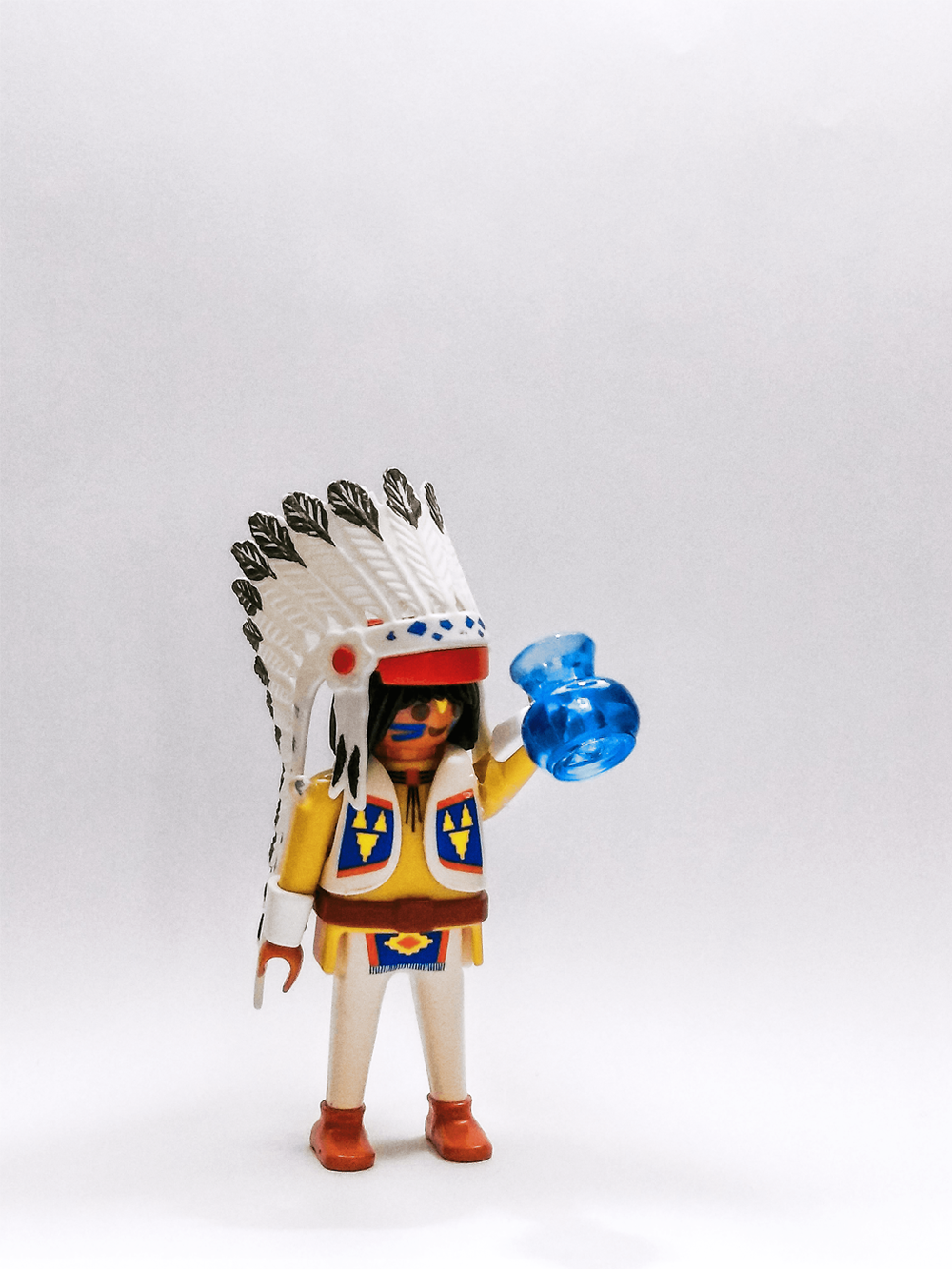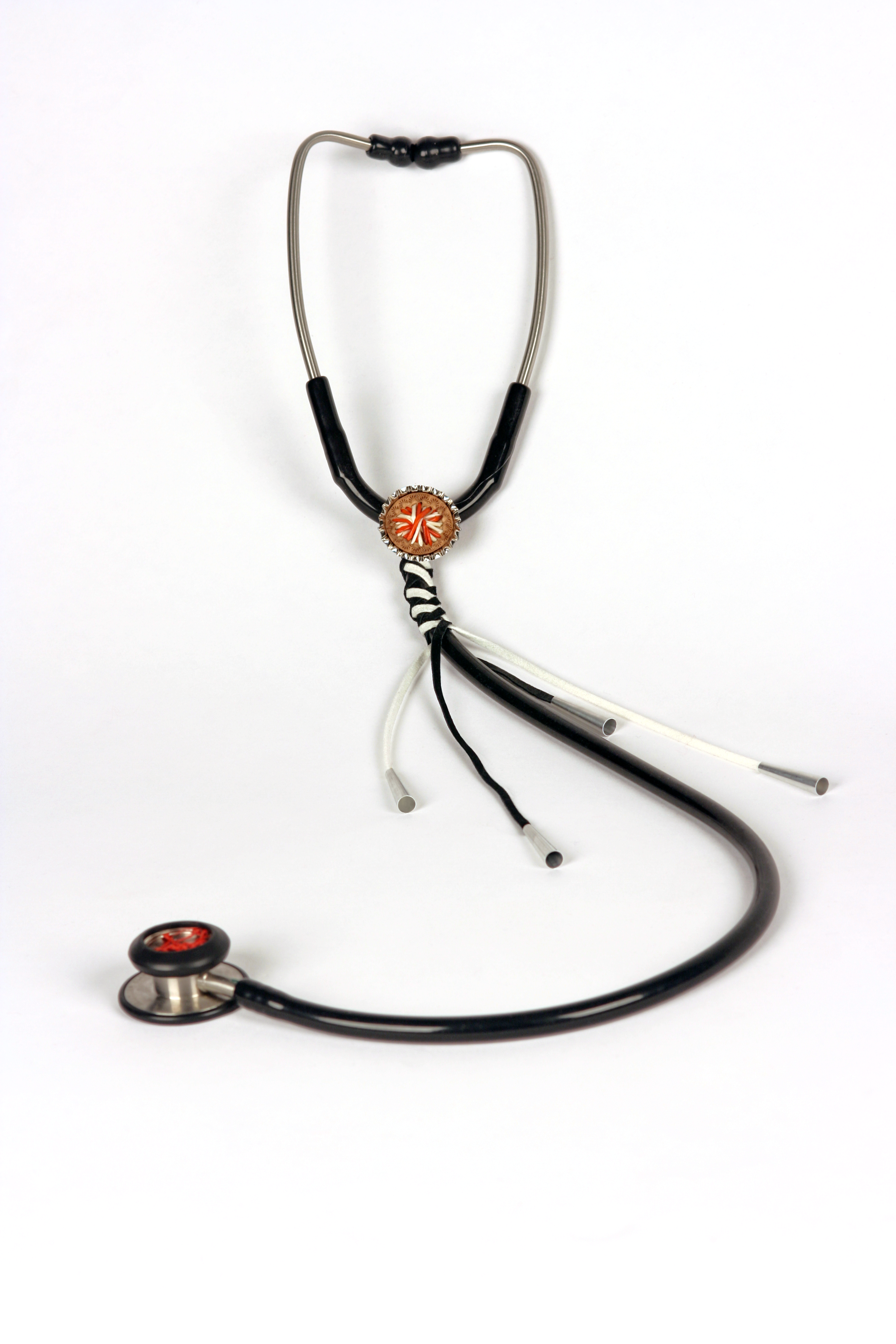Basketry Seating
A seating collection deeply rooted in the rich tradition of Mi’kmaw black ash basketry. This practice, a cornerstone of Mi’kmaw cultural heritage, faces an existential threat from the emerald ash borer, an invasive beetle from East Asia that has decimated ash tree populations across North America. The relentless spread of this pest has already claimed tens of millions of ash trees in the eastern United States and southeastern Canada, severely impacting the availability of black ash.
As the black ash supply dwindles, the continuity of basket making traditions across the Eastern Woodlands is at risk. In response to this crisis, Magyar explores alternative materials for weaving, seeking to honor the essence of Mi’kmaw artistry while adapting to the changing environmental landscape. Through this collection, Magyar aims to raise awareness of the ecological challenges we face and celebrate the resilience and innovation of indigenous cultural practices.
Basketry
Porcupine Rings
Deohako
Deohako was created in collaboration with Seneca youth in celebration of the three sisters—corn, beans, and squash—for Friends of Ganondagan. The Seneca Art and Culture Center Gift Shop launched a collection of merchandise featuring the artwork at Ganondagan’s annual Indigenous Arts and Music festival. Proceeds support programming at Ganondagan NY State Historic Site throughout the year.
Water Protector
Birch Vase
Wall
Pillows
Mi'kmaq Chair
Mindy Magyar renders a Charles Eames shell chair unfit for sitting by embellishing it with Mi’kmaq floral patterns. This is both a literal and a metaphorical embroidery on a sleek mid-century icon–made even more interesting when one realizes that the artist, trained first as an engineer, studied at Pratt Institute, NY, and then earned her Master of Fine Arts degree at Cranbrook Academy of Art, Bloomfield Hills, Michigan, where Eames studied and taught from 1938-1941.
–Janet Berlo and Alexander Marr, American Indian Art Magazine
This pattern, based on a traditional double-curve motif, was developed with computer software and embroidered via industrial equipment to mimic Mi'kmaq beadwork–thereby challenging the prevailing notion of "hand-made" being a hallmark of Native American authenticity.













































